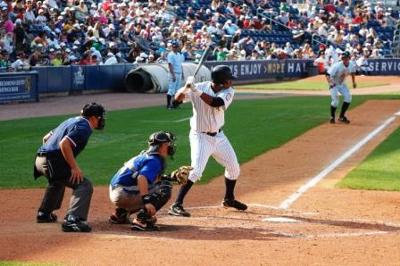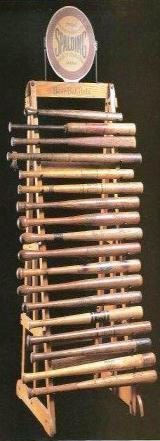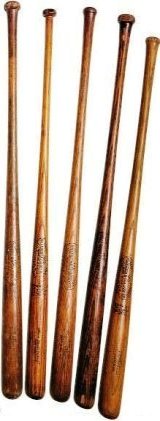With less than 2 outs, a runner on 3rd and a ball hit to 3rd - does the runner go home?
by Ken
(Omaha, NE )

Photo Bill Stanton: Checkswing.com
Ken asked: With a runner on 3rd base and less than 2 outs; should the runner go home on a ball hit back to the third basemen?
Rick answered: Ken, thank you for your question.
There are a number of factors that come into play in this situation:
1. Positioning of the third baseman, is he back, even or up: If the third baseman is playing deep, the defense has decided to give up the run for an out. Good time to run.
If the 3B is even with the bag or on the grass, you don't want to run into an easy out, make the 3B throw across to get his out, you still have a runner in scoring position with two outs, and the opportunity to drive that run in.
2. Speed of the runner: Speed helps make this determination sometimes, along with whether the runner had a good walking lead and gets a good read on the ball, or he was standing still when the ball was hit.
3. Did the ground ball require the third baseman to move, or was it directly at him: If the 3B was even with the bag, or on the grass, but the ground ball took him to his left, it becomes a much harder play for him to get the runner at the plate. The 3B would most likely only go to the plate, if the runner on 3b was very slow.
4. How hard is the ball hit: A routine or hard ground ball hit directly at the 3B the runner needs to stay and make him throw across the diamond for out number 2. A slow dribbler in his direction may be worth the runners effort to go. As in the 3B moving to his left, the movement created makes the defensive play harder to accomplish.
5. Inning and score: The later into the game you get, the more important that runner on third base becomes. Due to the difficulty of getting a runner into scoring position, you don't want to run yourself into an out.
Score at the moment is also extremely important. Whether that runner on third represents the winning or tying run is a big factor. If he is thrown out at the plate, you now have two outs and a runner on first, which is a much tougher position to score from.
If you need more than one run to tie or go ahead, better to hold and move to the next hitter.
There are 25 more ways a runner can score from third base, than he can from second with the same situation. Even more than 25, if your runner is at first.
6. The hitter that will be coming to the plate next: You surely don't want to run into an out in this situation, if you have a good hitter standing in the on deck circle. Better to hold and take your chances with two outs.
There is a lot going on in this situation for a runner to read and make a split second decision. No time for the third base coach to make that decision for the runner. All the options need to be sorted out before the pitch is made and left to the players reactions and instincts.
For all that to take place, many situational opportunities in practice, where players are able to make decisions, right or wrong, and learn from the experience, help to create those free flowing, think on the run players that are so much fun to watch.
The link above is for a team defensive drill; but the base running is built in and players are able to get work on base running situations as well.
Nothing like controlled repetitions at full speed to help players develop those instincts needed to separate them from the competition. With this drill you can isolate all the scenarios you may want to work on in that session, stop and talk about it and not have to worry about balls and strikes.
Good luck with your season!
Yours in baseball,
Rick
Click here to post comments
Join in and write your own page! It's easy to do. How? Simply click here to return to Ask The Baseball Coach.
|



